5 Common Misconceptions About AI in Web Design and the Truth Behind Them
Understanding AI in Web Design
Artificial Intelligence (AI) is revolutionizing numerous industries, and web design is no exception. However, several misconceptions about AI's role in web design persist. This blog post will address five common misconceptions and clarify the truths behind them.

Misconception 1: AI Will Replace Human Designers
One of the most prevalent myths is that AI will replace human web designers. While AI tools can automate repetitive tasks and suggest design elements, they are not a substitute for human creativity and intuition. AI functions as a powerful assistant, enabling designers to focus on more complex and creative aspects of design.
The truth: AI enhances the design process but cannot replicate the unique creativity and emotional intelligence of a human designer.
Misconception 2: AI Can Design a Website from Scratch
Another misconception is that AI can independently create a fully functional and aesthetically pleasing website from scratch. While AI-powered tools can help generate templates and offer layout suggestions, they require human input to ensure the design aligns with the brand’s identity and user needs.
The truth: AI tools provide valuable assistance, but human oversight is essential to tailor the website to specific brand requirements.

Misconception 3: AI Only Benefits Large Enterprises
Some believe that only large companies with substantial resources can afford to integrate AI into their web design processes. In reality, AI technology has become increasingly accessible, with numerous affordable tools available for small businesses and individual designers.
The truth: AI-powered design tools are accessible to businesses of all sizes, making them a viable option for improving efficiency and creativity without breaking the bank.
Misconception 4: AI Lacks Personalization Capabilities
There is a misconception that AI-generated designs lack personalization and result in generic websites. However, AI can analyze user data to offer personalized design suggestions and user experiences that cater to individual preferences and behaviors.

The truth: AI can enhance personalization by using data-driven insights to tailor the user experience, ultimately creating more engaging and customized websites.
Misconception 5: AI Is Too Complex to Implement
Many web designers may feel intimidated by the perceived complexity of AI technologies, worrying about the steep learning curve. Nonetheless, many AI tools are designed with user-friendliness in mind, offering intuitive interfaces and step-by-step guidance for seamless integration.
The truth: With the right tools and resources, implementing AI in web design can be straightforward and beneficial for enhancing design capabilities.
In conclusion, while AI is transforming the web design landscape, it serves as a complementary tool rather than a replacement for human designers. By understanding the truths behind these misconceptions, businesses and designers can leverage AI to enhance creativity, efficiency, and user experiences.
